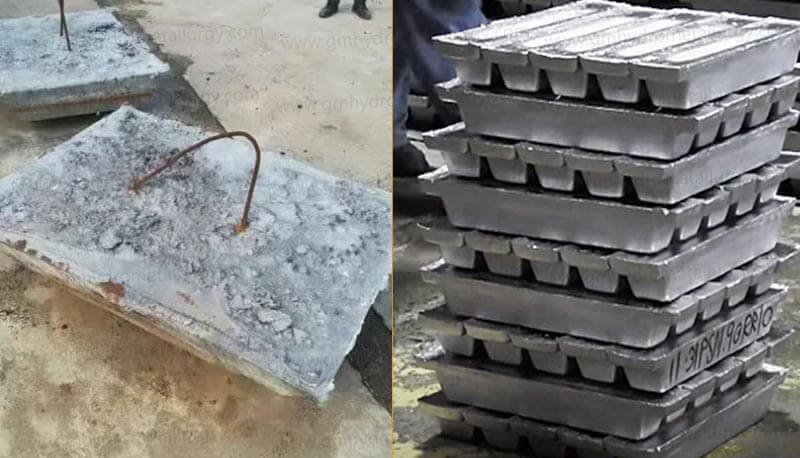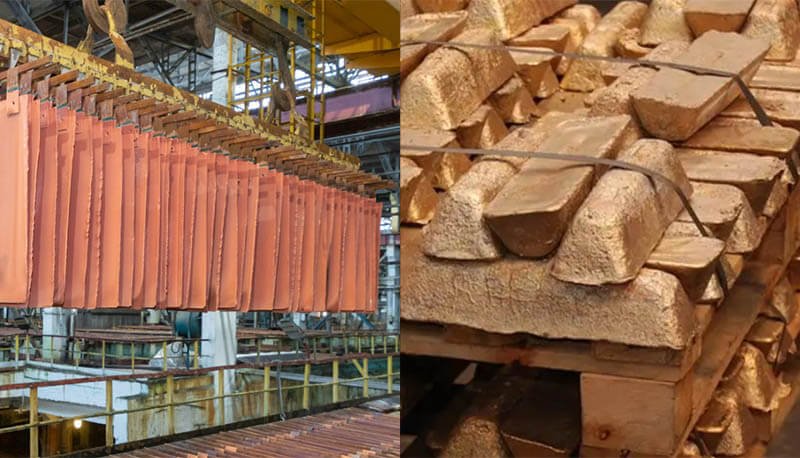Refine precious metals from catalytic converters is a complex but highly valuable process that allows for the recovery of platinum (Pt), palladium (Pd), and rhodium (Rh) from end-of-life automotive catalysts. These platinum group metals (PGMs) are not only scarce and valuable but also critical for various industrial applications. Mastering the refining process can turn scrap into a significant revenue stream while contributing to environmental sustainability.
Why Recover PGMs from Catalytic Converters?
The demand for PGMs continues to rise, driven by their use in automotive catalysts, jewelry, electronics, and emerging technologies. Natural ore grades are declining, making catalytic converters a concentrated and lucrative secondary resource. Recycling them helps stabilize the market, reduces the environmental footprint of mining—using roughly only 10% of the energy required for primary production—and minimizes waste.
Pre-Processing: Essential First Steps
Before the actual refining of precious metals can begin, proper preparation of the catalytic converter material is crucial:
1. Decanning
The first physical step involves removing the catalytic converter’s ceramic or metallic honeycomb core from its steel casing. This is typically done using specialized hydraulic cutting equipment like guillotine shears or alligator scissors, often in sealed environments with dust extraction systems to protect operators and capture valuable particles.
2. Milling and Grinding
The extracted ceramic monolith is then crushed and pulverized into a fine, homogeneous powder to increase surface area for subsequent chemical processing. Equipment like ball mills, chain mills, or hammer mills are commonly used for this stage.
Sampling and Analysis: Determining Value
Accurately assessing the PGM content in the powdered material is critical for valuation. Handheld X-ray Fluorescence (XRF) analyzers are widely used for rapid, on-site preliminary assessment. However, for precise determination and final settlement, more accurate methods like fire assay (a classical technique involving fusion with fluxes and a collector metal like lead) followed by Inductively Coupled Plasma (ICP) analysis are employed by refineries to quantify the exact concentrations of Pt, Pd, and Rh.
Refining Methodologies:Hydrometallurgical vs Pyrometallurgy
There are two main pathways to refine precious metals from catalytic converters:
1. Hydrometallurgical Extraction (Wet Chemistry)
This method involves leaching the PGMs from the powdered catalyst using chemical solutions. It’s known for being potentially more precise and scalable for different operation sizes.
Leaching
The key step is dissolving the PGMs into solution. While traditional methods use aggressive acids like aqua regia, newer, more environmentally friendly leaching agents are being adopted. A common effective combination is hydrochloric acid (HCl) with an oxidizer like hydrogen peroxide (H₂O₂).
Separation and Purification
After leaching, the PGMs in the solution are separated and purified. This can involve techniques like selective precipitation (using specific reagents to precipitate individual metals sequentially), solvent extraction, or ion exchange (using resins to selectively adsorb target metals like Pt, Pd, and Rh from the leach solution).
2. Pyrometallurgical Smelting (High-Temperature)
This traditional method is often preferred for large-scale operations due to its high efficiency and ability to handle varying feed materials.
Smelting
The milled catalyst powder is mixed with fluxes and a collector metal (commonly iron, copper, or lead). This mixture is melted in a furnace at high temperatures (often above 1500°C). The PGMs alloy with and are collected by the molten collector metal, forming a bullion, while impurities form a slag that is separated.

Further Refining
The PGM-rich collector metal bullion (e.g., a copper alloy) subsequently undergoes further refining, often using electrochemical processes or hydrometallurgical methods, to isolate and purify the individual platinum, palladium, and rhodium.
Each method has its strengths: hydrometallurgy can offer lower operational temperatures and reduced gaseous emissions, while pyrometallurgy is renowned for its high recovery rates and efficiency in processing large volumes.
Transforming Refined PGMs into Value
The final products of the refining process are typically high-purity metals or salts, ready to be sold back to the market. These can be supplied to manufacturers of new catalytic converters, jewelry, electronics, and various chemical and industrial applications, closing the loop in a circular economy.
Ready to explore the potential of catalytic converter recycling for your business? Our team provides end-to-end solutions, from initial consultation and equipment selection to process optimization. Contact us today for a personalized assessment and discover how we can help you maximize your return on investment.







